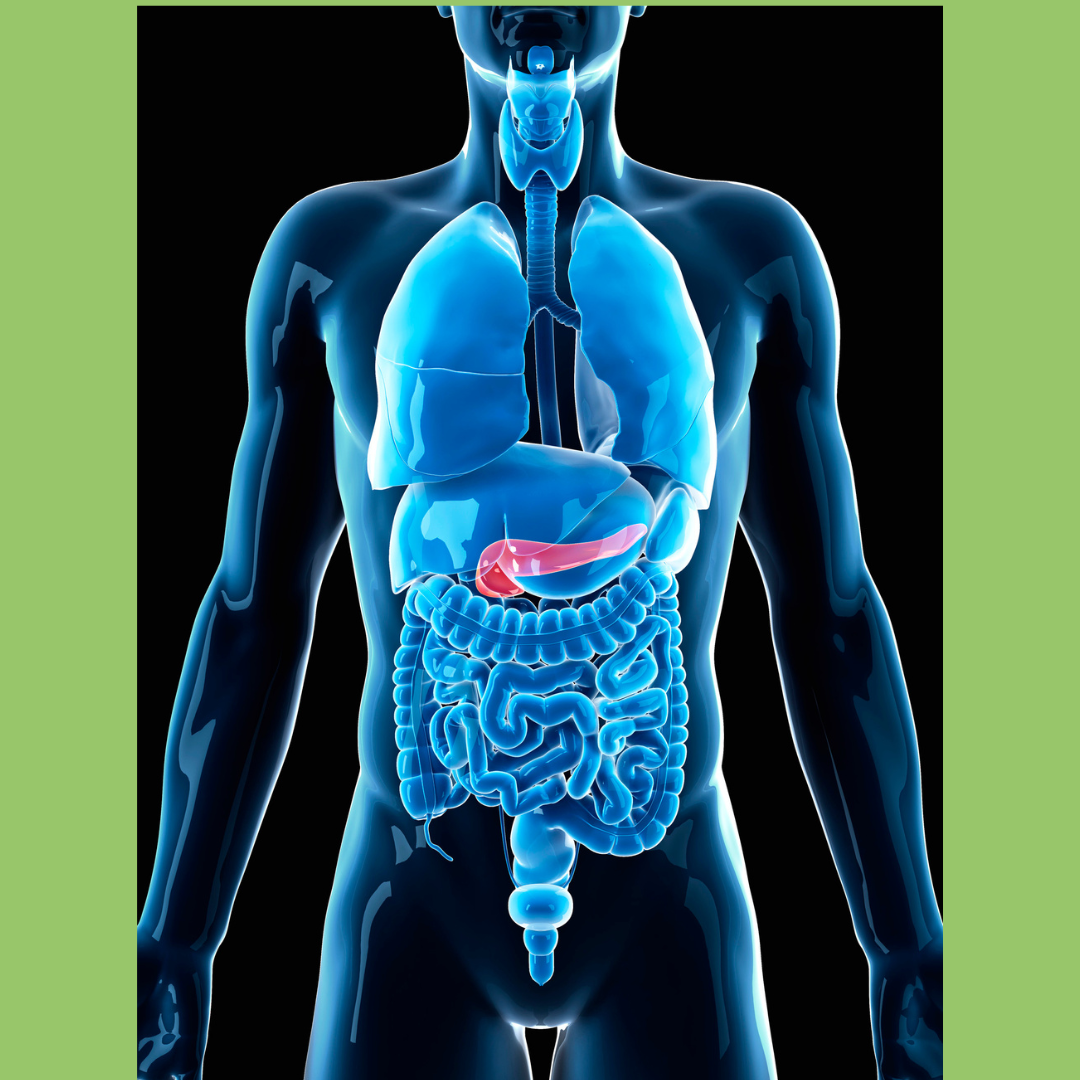Insulin is a hormone that is secreted by the pancreas and is essential for the regulation of glucose (blood sugar) levels. (Type 1 diabetics cannot produce insulin so need to take it orally or by injection) Its principal role is to facilitate glucose uptake by cells from the circulation, enabling them to store or utilize the glucose as an energy source. This is how insulin functions:
Blood Sugar Control:
Following ingestion, particularly of carbohydrates, the digestive system converts the carbohydrates into glucose, which subsequently enters the circulation. This results in an increase in blood sugar levels.
Pancreatic Secretion:
A change in blood sugar levels is detected by beta cells, which are specialized cells located in the pancreas. Insulin is subsequently secreted into the circulation by the pancreas.
Binding of Insulin:
Insulin functions as a key to cargo, permitting glucose to enter cells. It forms complexes with particular receptors located on the cell surfaces of its targets, including muscle cells, adipocytes (fat cells), and hepatocytes (liver cells).
Glucose Assimilation:
A sequence of cellular processes is initiated when insulin binds to its receptors; these processes facilitate the movement of glucose transporters (GLUT4 transporters) from the interior to the exterior of the cell.
These transporters facilitate the entry of glucose from the circulation into the cell, functioning as entrances. This mechanism is indispensable for cellular utilization of glucose as an energy source or its storage as glycogen (a glycogen-like compound) in the liver and muscles.
Blood Sugar Reduction:
The uptake of glucose by cells results in a reduction of its concentration in the circulation. As a consequence, blood sugar levels decrease, reintegrating them into the established normal range.
Maintenance and Application:
Insulin facilitates not only the immediate storage of glucose as glycogen in the liver and muscles, but also supplies energy requirements. During periods of physical activity or when energy is needed between meals, glycogen is reprocessed into glucose and subsequently discharged into the circulation.
Additionally, insulin facilitates protein synthesis by encouraging the uptake of amino acids (the structural components of proteins) into cells.
Controlling the Metabolism of Fat:
Through its inhibitory effect on lipolysis, insulin regulates fat metabolism in adipose tissue. This indicates that the body is more likely to store fat when insulin levels are high, and utilize fat stores for energy more readily when insulin levels are low.
In essence, insulin serves as a pivotal regulator of the body's glucose metabolism. It influences the utilization of glucose for energy, facilitates the absorption of glucose by cells, reduces blood sugar levels, and promotes the storage of excess glucose as glycogen. Diabetes, a condition distinguished by persistently elevated blood sugar levels, can result from disruptions in insulin secretion or signaling. Optimal insulin function is critical for the maintenance of stable blood sugar levels.
What is Type1 Diabetes?
Type 1 diabetes, also known as "Type 1 diabetes mellitus" or "T1D," is a persistent pathological state distinguished by the body's impaired insulin production. This condition is predominantly characterized by an autoimmune response, in which the insulin-producing beta cells in the pancreas are erroneously targeted and eradicated by the immune system. Type 1 diabetics are therefore typically reliant on insulin therapy for the duration of their lives in order to regulate their blood sugar levels.
The following are essential attributes and manifestations of type 1 diabetes:
Insulin Dependence: Individuals diagnosed with Type 1 diabetes rely exclusively on insulin injections or the implementation of an insulin device as a means to control their blood glucose levels. Because their pancreas produces minimal to no insulin, this is the case.
Type 1 diabetes frequently manifests during infancy or adolescence, although the disease has the potential to manifest at any stage of life. This condition is occasionally labeled "juvenile diabetes" owing to its propensity for developing in young people.
The precise etiology of Type 1 diabetes remains uncertain; nevertheless, it is hypothesized that the condition arises from a combination of genetic susceptibility and an autoimmune reaction. Pancreatic beta cells that produce insulin are erroneously targeted and eliminated by the immune system.
Symptoms: Prominent manifestations of Type 1 diabetes include vision impairment, fatigue, excessive appetite, frequent urination, and unexplained weight loss, among others. The onset of these symptoms may occur relatively rapidly.
Blood Sugar Management: To maintain their blood sugar levels within a target range, individuals with type 1 diabetes must closely monitor their blood sugar levels throughout the day and administer insulin as needed. This necessitates regular monitoring of blood glucose levels and adjustments to insulin dosage.
Prolonged Health Consequences: Inadequate management of Type 1 diabetes may result in complications of the long term, such as cardiovascular disease, renal dysfunction, neuropathy, retinopathy, and circulation issues.
Lifestyle Management: In addition to insulin therapy, individuals diagnosed with Type 1 diabetes must prioritize diligent dietary control, consistent participation in physical activity, and the maintenance of a healthy lifestyle in order to effectively manage their condition.
Ongoing research is devoted to the development of more effective treatments and the discovery of a cure for type 1 diabetes. Technological advancements, including closed-loop insulin delivery systems and continuous glucose monitoring, have rendered diabetes management more feasible.
It is critical to differentiate Type 1 diabetes from Type 2 diabetes, the latter of which frequently manifests later in life and is distinguished by insulin resistance (a diminished response of the body to insulin). Although both disorders affect the regulation of blood sugar and insulin, they are distinguished by their underlying mechanisms and approaches to treatment. Despite the impossibility of prevention and reversal, type 1 diabetes is effectively manageable through lifestyle modifications and appropriate medical treatment.

